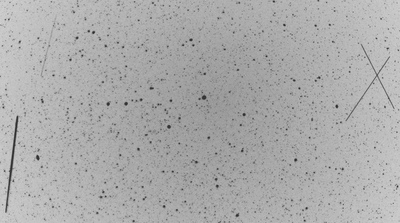

Wide-field Cameras in the High Arctic
PIs: Nicholas M. Law & Raymond Carlberg
Students: Pegah Salbi, Aida Ahmadi
Arctic observing team: Wayne Ngan, Eric Steinbring

Collaboration members: Marten van Kerkwijk, Wolfgang Kerzendorf
Located within 10 degrees of the North Pole, northern Ellesmere Island in the High Canadian Arctic offers continuous darkness in the winter months. The lack of a day/night cycle greatly enhances the detection efficiency of planetary transit surveys and other time domain astronomy programs.
We deployed two wide-field cameras at 80 degrees N, near Eureka, Nunavut, for an observing campaign in February 2012. The camera systems were based on commercial f/1.2 lenses with 85mm and 50mm focal lengths and Finger Lakes Instrumentation CCD cameras*. They continuously imaged 504 and 1,295 square degrees respectively. Together, the cameras took over 44,000 images and produced precision light curves for approximately 70,000 stars.
We achieved a scintillation-limited photometric precision of 1-2% in each 10-second exposure. Binning the short exposures up to 300 seconds provided a photometric stability of 2-3 millimagnitudes, sufficient for the detection of transiting exoplanets around the bright stars targeted by our survey. We estimate that the cameras, when operated over the full 2013 arctic winter, will be capable of discovering at least 1-5 transiting exoplanets around bright (mV < 9.5) stars.
The images and movie below are from our campaign; click for high-resolution versions.
*FLI ProLine PL16803 CCDs were used for this application.





